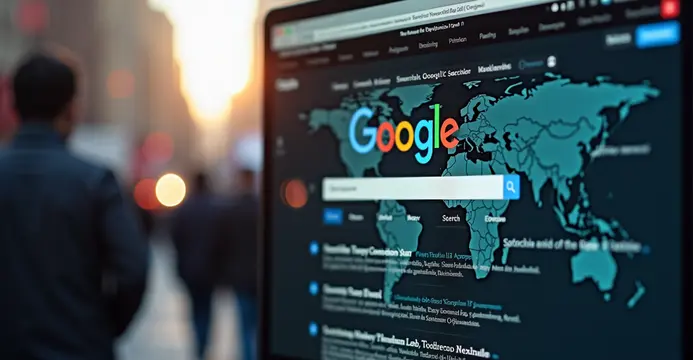
Google Translate Introduces Revolutionary AI Language Learning Features
Google is set to transform the language learning landscape with a major update to its Translate app that incorporates advanced artificial intelligence capabilities. The new version 9.15.114, discovered by Android analyst AssembleDebug, introduces features that directly compete with established language learning platforms like Duolingo.
Advanced AI Translation Capabilities
The updated Google Translate interface now includes "quick" and "advanced" translation options. The advanced mode utilizes sophisticated AI algorithms to provide context-aware translations that maintain the nuance and meaning of entire sentences rather than word-for-word translations. This represents a significant leap forward in machine translation technology.
Practice Mode: The Game-Changer
The most groundbreaking addition is a dedicated practice mode designed to help users learn new languages through interactive exercises. This feature employs gamification techniques similar to those used by Duolingo, making language learning accessible and engaging. Users can practice vocabulary, grammar, and conversational skills directly within the Translate app.
Implications for Language Learning Market
This development poses a serious challenge to Duolingo, which has dominated the mobile language learning space for years. While Duolingo offers a freemium model with paid subscriptions for advanced features, Google Translate's new capabilities will be available for free, potentially disrupting the market dynamics.
Google's AI Integration Strategy
This move is part of Google's broader strategy to integrate AI across all its products. The company has been progressively adding AI features to services like Google Maps, Gmail, and YouTube. The translation technology already powers YouTube's automatic subtitle generation and will now expand into educational territory.
Future of Language Technology
The integration of AI-powered learning features into translation tools represents the next evolution in language technology. As neural machine translation systems continue to improve, the line between translation assistance and language education continues to blur, creating new opportunities for accessible language learning worldwide.

 Nederlands
Nederlands English
English Français
Français Deutsch
Deutsch Español
Español Português
Português







